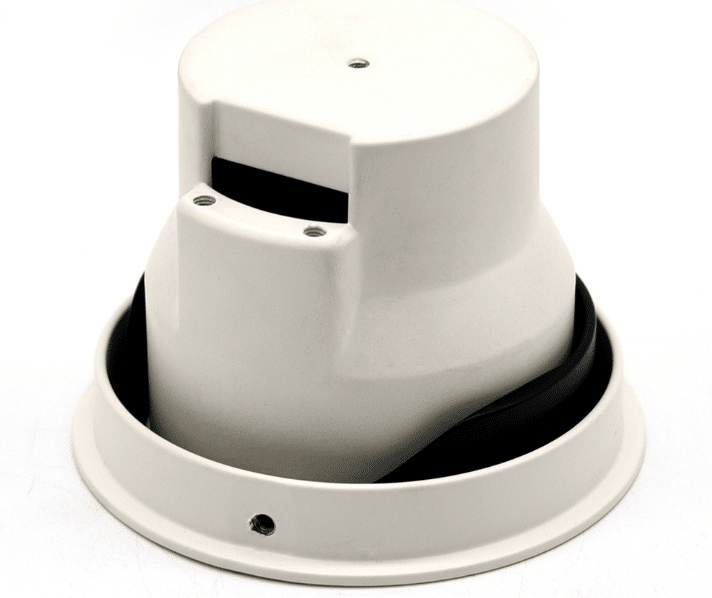Casting is a manufacturing process that involves pouring molten metal, liquid plastic, or other materials into a mold to create a solid object. This process is used in various industries for different applications. Here are some common applications of casting:
-
Automotive industry: Casting is extensively used in the automotive industry for manufacturing engine blocks, cylinder heads, transmission cases, drive train components, and other metal parts. It allows for the mass production of complex shapes with high precision and dimensional accuracy.
-
Aerospace industry: Casting is used in the aerospace industry to produce components such as turbine blades, engine casings, and structural components. Casting provides the required strength, heat resistance, and performance characteristics for these critical parts.
-
Jewelry making: Casting is widely used in the jewelry industry to produce intricate and detailed designs. It allows jewelers to create complex shapes and textures that cannot be easily achieved by other methods. Materials such as gold, silver, platinum, and various alloys are commonly cast for jewelry making.
-
Construction industry: Casting is used in the construction industry to produce various structural elements such as columns, beams, and other concrete components. It enables the creation of large and complex concrete structures with high strength and durability.
-
Art and sculpture: Casting is a popular method used by artists and sculptors to create three-dimensional artworks. It allows them to reproduce their original designs in different materials like bronze, aluminum, or resin. Casting offers great flexibility in terms of size, shape, and surface finish, making it an ideal choice for creating art pieces.
-
Manufacturing of household items: Casting is used in the manufacturing of various household items like cookware, faucets, door handles, and decorative items. It provides a cost-effective method for producing large quantities of identical products with consistently high quality.
-
Medical industry: Casting finds applications in the medical industry for producing implants, prosthetic limbs, surgical instruments, and dental appliances. Casting allows for the customization of the products to meet individual patient requirements and ensures biocompatibility and durability.
Overall, casting is a versatile manufacturing process that finds broad applications across industries due to its ability to produce complex shapes, high surface finish, and consistent quality.
Learn more about aluminum die casting
Casting vs. Machining
Machining and casting are two different methods used in the manufacturing industry to produce metal parts. Both processes have their advantages and disadvantages, and the choice between machining and casting depends on various factors such as the complexity of the part, quantity, material, and cost.
Machining is a subtractive manufacturing process where a solid block of material, such as metal, is cut and shaped using tools like lathes, milling machines, drills, and grinders. Machining allows for precise control over dimensions, tolerances, and surface finishes. It is suitable for producing parts with intricate shapes, tight tolerances, and high-quality surface finishes. Machining can be expensive and time-consuming, especially for complex parts, and it generates a significant amount of waste material.
Casting, on the other hand, is a process where molten metal is poured into a mold and allowed to solidify. Once solidified, the mold is removed, and the final part is obtained. Casting is suitable for producing parts with complex geometries and intricate details. It is a cost-effective method for producing large quantities of parts and can be used with a variety of materials. However, casting has limitations in achieving tight tolerances and smooth surface finishes. It also requires additional machining or finishing processes to achieve the desired dimensions and surface quality.
In summary, machining is ideal for producing parts with precise dimensions and high-quality surface finishes, but it can be expensive and time-consuming. Casting is preferable for producing complex parts in large quantities at a lower cost, but it may require additional machining processes to achieve the desired final specifications. The choice between machining and casting depends on the specific requirements of the part and the constraints of the manufacturing process.

